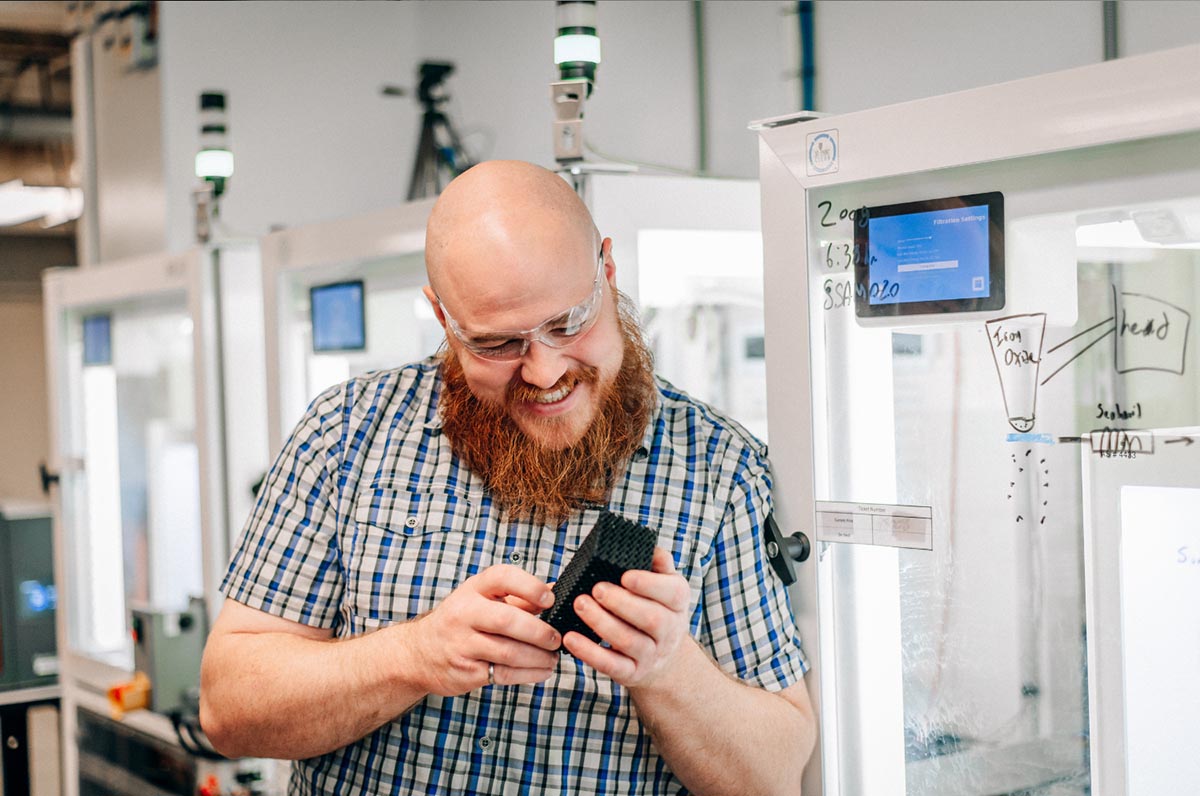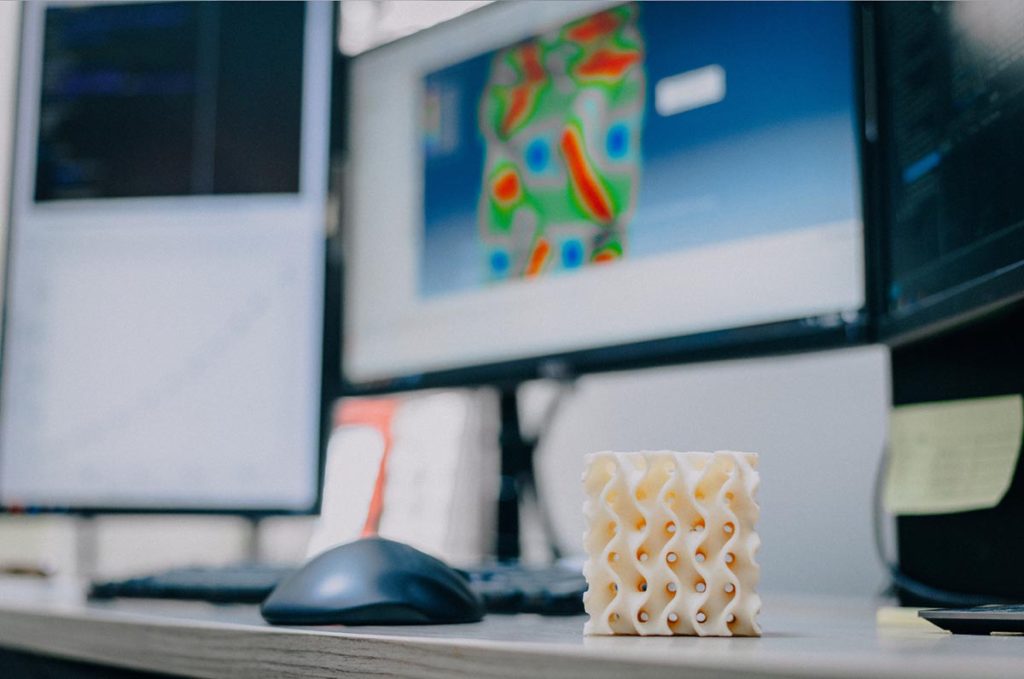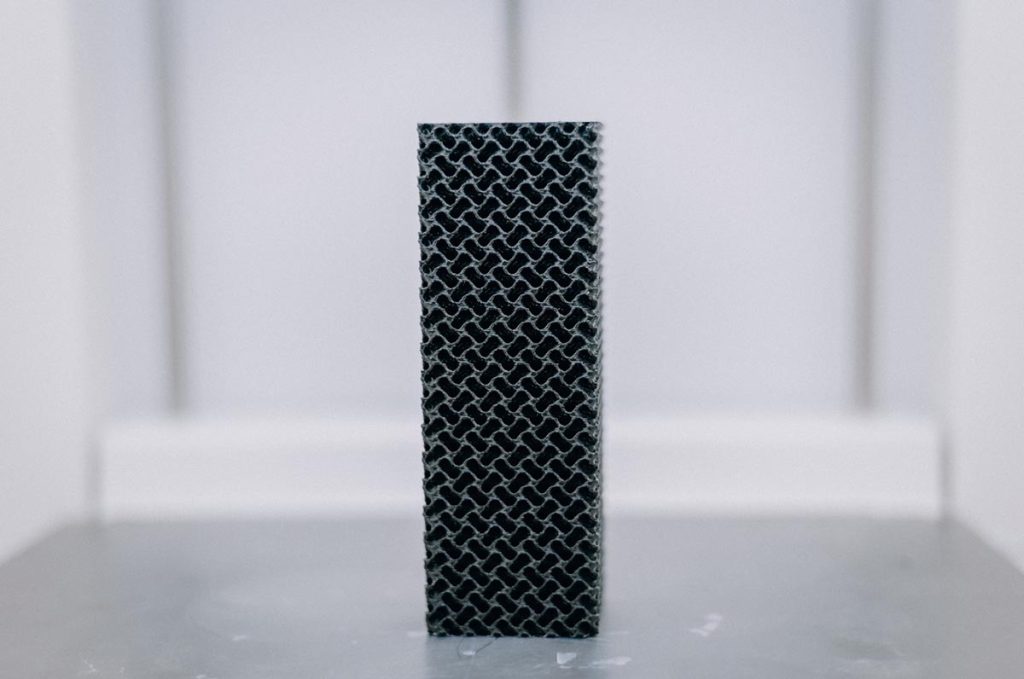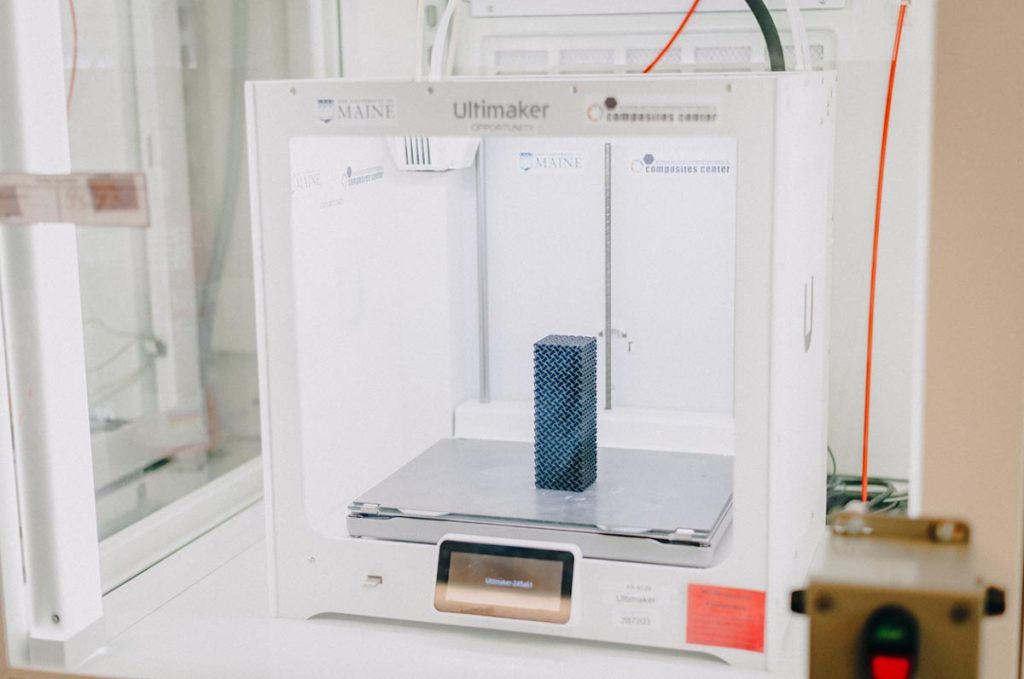Engineers at the University of Maine are developing a new method to more accurately predict the strength of lightweight 3D-printed objects. This research, conducted at the university’s Advanced Structures and Composites Center (ASCC), will enable designers to create more robust and reliable components by controlling strength when lightweighting virtually any plastic component.
The research team was made up of Philip Bean, research engineer at the ASCC, and Senthil Vel, professor of mechanical engineering, alongside Roberto Lopez-Anido, professor of civil engineering. Their study, recently published in Progressive Additive Manufacturing, integrates advanced computer modeling with physical experiments to provide a more comprehensive understanding of how these parts will perform under stress.
They focused on gyroid infill, an intricate, repeating internal structure commonly employed in 3D printing to minimize weight while preserving structural integrity. By utilizing computer simulations to analyze the gyroid’s response to various forces, the team validated these predictions through experiments on 3D-printed prototypes. The findings offer insights into how this complex internal pattern contributes to a part’s overall performance; a factor often not possible with conventional analytical methods.
“This work allows us to design 3D-printed parts with greater confidence and efficiency,” said Bean, one of the lead researchers. “By understanding the precise strength of these gyroid-infilled structures, we can reduce material use and improve performance across industries.”
This method is anticipated to significantly benefit sectors demanding strong, lightweight materials, including aerospace, automotive and medical device manufacturing.
See the full publication, “Investigation of the nonlinear response of gyroid infills for prediction of the effective yield strength,” for more information.
Contact: Taylor Ward, taylor.ward@maine.edu




